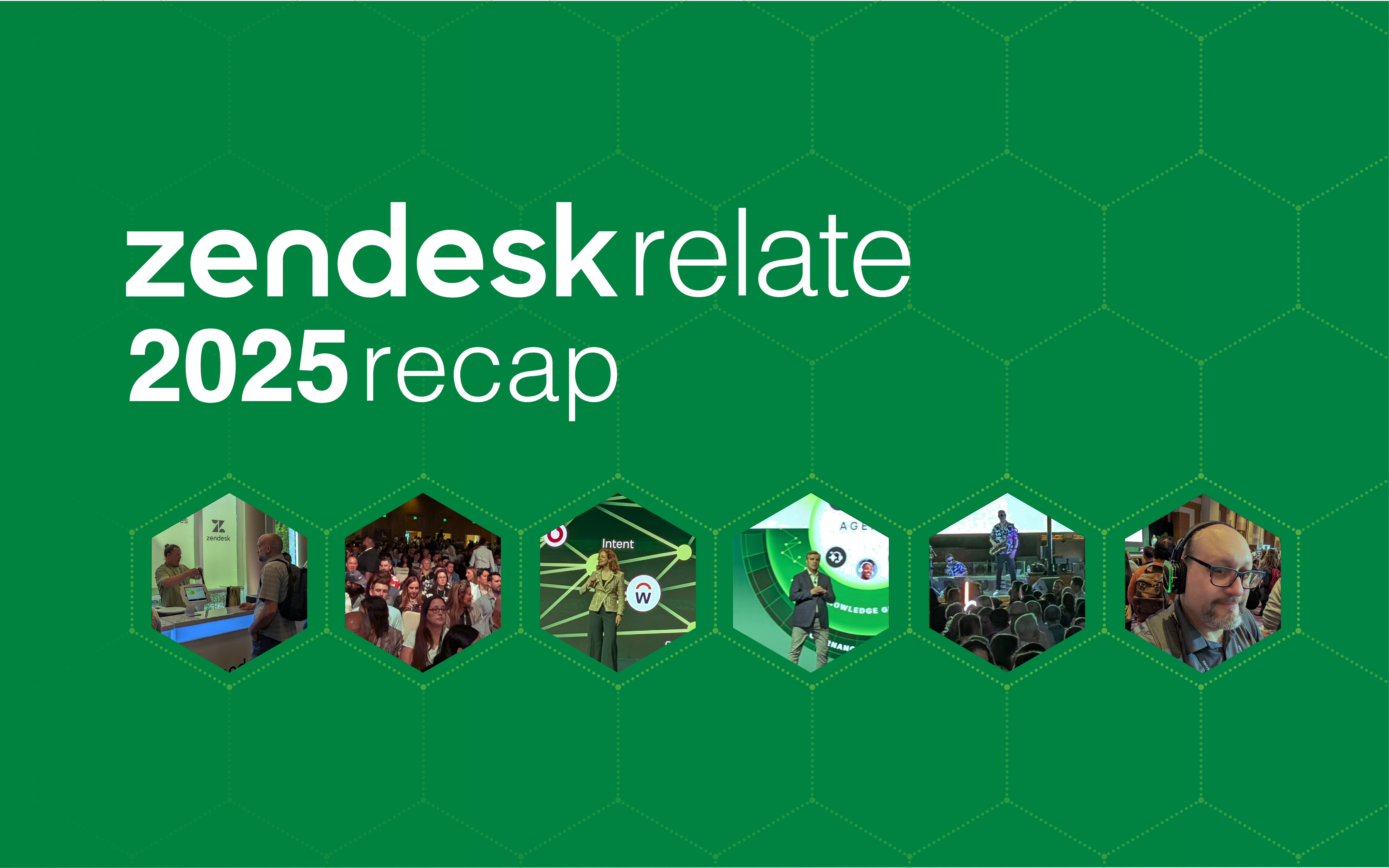Plan An Efficient Localization Program Right From The Start.
What is Localization?
Localization is about customizing a website or product so that it’s familiar to the user. This goes beyond translating content into a different language. The purpose of localization is to break through cultural and linguistic boundaries.
According to Acclaro, “Localization is the adaptation of a product or content to a specific locale, market or culture. More than simply speaking in that target audience’s language, it involves the implementation of user-centric graphics, vocabulary, and page layouts, for example.”
Companies that invest in localization are able to:
- Gain greater customer trust and confidence
- Increase their competitive advantage and industry visibility
- Strengthen global presence
Most importantly, investing in localization results in more customers. And that results in increased market share and revenue.
How Can I Bring Localization Into My Development Project?
To properly plan for localization, consider how a UI/UX Consultant and Web Developer can help. These experts play an important role beyond designing usability and writing code. They will guide you through the complexities that localization efforts present.
An experienced UI/UX Consultant and Web Developer will collaborate with you. They will prepare, track, and put in place everything needed for successful implementation.
“Localization is the adaptation of a product or content to a specific locale, market or culture.”
What value can a UI/UX Consultant bring to my localization efforts?
Successful localization starts with a clear view of the path ahead. A UI/UX Consultant will help create a well defined road map.
They’ll start by analyzing your target audience and looking at your competition. The UI/UX Consultant will perform site audits and check industry trends. They will run tests to make informed recommendations based on data as well as best practices.
When speaking with a UI/UX Consultant, be sure they discuss:
- Ease of maintenance
- The impact future updates will have on current work in progress
- Prioritizing efforts based on budgetary requirements
Partner up with a UI/UX Consultant sooner rather than later. By doing so, you make localization a priority, rather than an afterthought.
Questions your UI/UX Consultant might ask about your localization initiative:
What languages are currently used?
Which languages need to be added?
In what direction do these languages run?
Right to left? Left to right? Vertically?
The direction can have a major impact on page formatting and structure.
It can also lead to increased project costs and extended timelines.
How does each language compare to others?
Average word length can vary dramatically. Will different translations fit into the same space?
Consider buttons or navigation menus, for example. Should they be flexible and fluid rather than built using a fixed width?
How is the default language determined for the user?
Can Geo-location or the user’s IP address automate this?
Can the user change the language?
Are there any cultural considerations?
Who will be responsible for making those considerations?
How are translations completed, delivered, and who will sign-off on the completed pages?
Are any special fonts required to view the translations?
What’s the timeline and budget for each localization project?
What are the reasons for localizing the site?
Are there any alternative reasons for localizing other than to provide translated content?
Are there any measurable goals that should result from localizing?
Are there any graphics containing content that need translation?
Are the original assets available to create translated versions?
Who will be creating these?
Are there any content downloads that need translation?
Are there any legal requirements to consider when localizing for certain languages?
For example, does GDPR apply?
Are there content restrictions in place for the countries of your target markets?
Answer these questions as completely as possible. This will allow the UI/UX Consultant to provide informed recommendations for localizing. A good UI/UX consultant will press you for every detail, and they won’t be afraid to dive in and do a little research as well.
What can a Web Developer or Software Engineer provide for my localization project?
Now that there’s a clear road map for localization, it’s time to put everything in place. A Web Developer will execute the plan you created with the UI/UX Consultant.
A seasoned Web Developer is well versed in the principles of a good user experience. They know how to put together the nuts and bolts that make up a great user interface. The Developer’s skill set should include a variety of tools and frameworks they can use to get the job done.
Rely on them to make recommendations ranging from programming languages to content management. A Web Developer can also discuss localization platforms and providers such as Acclaro. These services are powerful ways to deploy, manage, and maintain translations.
Before talking to a web developer about localization, you have to be able to answer these questions:
How are the components for the project built?
As mentioned earlier, static buttons and site navigation may have limited space. What’s needed to make these or other components flexible and fluid?
Will individual components need modification? Or, will translated content appear in dynamic content placeholders? Most likely it’s some combination of the two.
What technologies and services need localization?
Websites are generally built and integrated with several technologies. Examples are WordPress (CMS), Shopify (e-commerce), and Hubspot (CRM).
Translation services like what Acclaro offers may also need integration.
Do all pages on the site need localization or only a few?
How is that determination made?
Does your website use a CMS with a multilingual plugin included?
A plugin can allow the user to change the language they see on the page
Some configuration may be required.
What is the workflow for translations?
For example, when a new article is added to the website, should this trigger a notification that a translation is needed?
What should the user see if a translation is unavailable?
Will article translations be static or dynamic?
Is there a desired approval process before translated content is published?
How will translated content be provided?
If your website has a CMS with a multilingual plugin, an API might be available,
Do translations need to be added directly to the page or will they be pulled directly from a database?
Be ready to answer these questions during your first meeting with a Web Developer. This can help reduce the time it takes to execute the localization plan.
Can I localize my website without a UI/UX Consultant or Web Developer?
There are tools that may help you localize your website without the need for an experts’ skill set. Unfortunately, there’s a limit to out-of-the-box software and third-party tools. They won’t have the knowledge and background into your big picture goals. They don’t know your pain points and your long-term project plan.
These tools have a lack of human consideration that working with a UI/UX and Web Developer provides. As a quick, short-term solution, it’s possible to take a stab at localizing on your own. But how sustainable and scalable is this effort? Localization may need to be done again “correctly” to accommodate long-term business needs that appear in the future.
Our opinion often stays the same no matter what the topic, in this case, localization. Proper planning and execution upfront may cost a bit more, and the process may also seem to be a bit slower. We understand, but we encourage you to consider the big picture.
Working with a UI/UX Consultant and Web Developer will save you from future headaches. It can also save your organization time and money by preventing wasted effort. Localization isn’t about displaying translated content to your customers and prospects. It’s a complex endeavor that requires precise planning and execution.
Our Top 4 Tips for Approaching Localization
It’s impossible to plan for every rabbit hole you might encounter. That said, these tips can help reduce localization headaches and maximize efficiency.
It’s impossible to plan for every rabbit hole you might encounter. That said, these tips can help reduce localization headaches and maximize efficiency:
1. MAKE LOCALIZATION your PRIORITY – NOT AN AFTERTHOUGHT
Bring in the right tools. Work with UI/UX and Development experts from the start. Put together a solid plan and make it happen with this team. Remember, you’ll be saving time and money in the long run.
2. AUTOMATE AND TRACK AS MUCH OF THE LOCALIZATION PROCESS AS POSSIBLE.
There is no reason to reinvent the wheel! Tools like Acclaro help streamline the loads of work that come up in a localization effort.
3. PRIORITIZE AND BREAK EACH LOCALIZATION PROJECT DOWN INTO PHASES.
Identify the top priority languages to localize your site for and start there.
Establish structural and technical requirements for the first language.
Test and work out all the bugs.
4. Recognize that you don’t have to do it alone!
Find a partner with localization experience. The UI/UX and Development experts at 729 Solutions will help guide your efforts. 729 Solutions will also help integrate localization platforms like Acclaro allowing you to streamline your multilingual content workflow.
For more information on localization and WordPress, check out this blog post.

About 729 Solutions
729 Solutions is a full-spectrum technology consulting agency, with complete design and development capabilities. We are software engineers, developers, UI/UX experts, designers, project managers, and outside-of-the-box thinkers. We are leaders in the world of software development, design, and implementation. We are a one-stop-shop that can guide you from discovery process to project launch.



